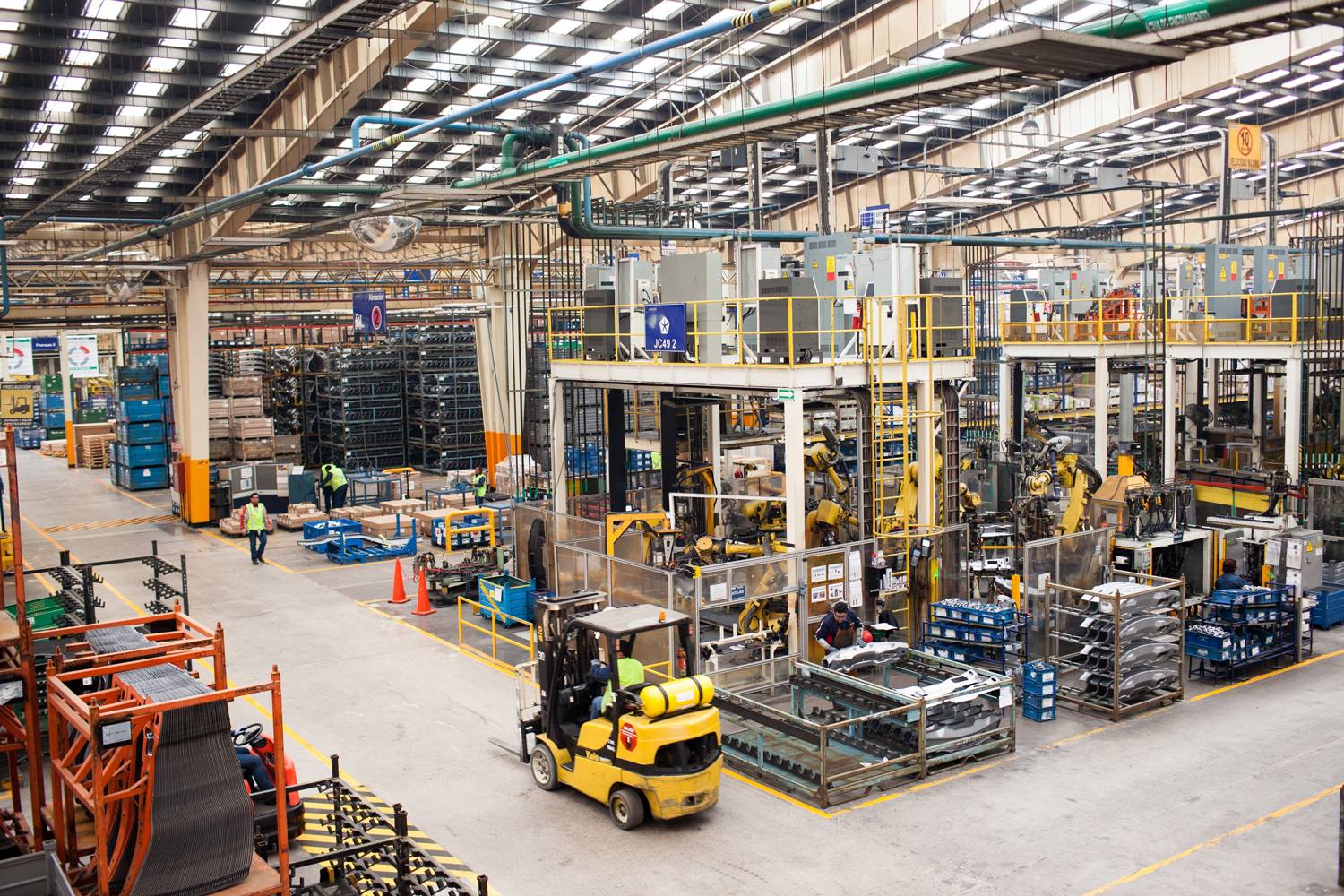Mexico is on a roll. Its booming manufacturing industry has surpassed Canada’s in terms of the dollar value of its exports to the United States.
Under the North American Free Trade Agreement [NAFTA}, the three countries are trading partners, but that doesn’t mean they don’t compete. On the contrary, free trade agreements reduce trade barriers and put the respective players on a level playing field. Nowhere is the competition more intense among the three than in their attempts to capture the investments in capital, and the jobs that result, from the automobile sector.
There are a number of reasons for Mexico’s rise, not the least of which is the tumbling of the peso relative to the U.S. dollar. A devalued peso makes investment in Mexican manufacturing more attractive to companies outside the country. Mexico’s labor costs are lower as well. Assembly plant workers, for instance, earn a fraction of what their American and Canadian counterparts earn. As a result, automakers and their suppliers have invested or earmarked tens of billions of dollars toward parts and factory expansions in Mexico in recent years.
Still, it would be a mistake to dismiss the rise of Mexican manufacturing as being merely due to the confluence of the weak peso and cheap labor. The quality of goods produced there have improved dramatically. Its workforce is younger and increasingly populated by recent graduates of trade and engineering schools, all of which makes Mexican manufacturers look much more appealing to U.S. importers.
The Mexican manufacturing industry has another unique advantage: location. That it is perfectly situated just south of the U.S. and just north of the growing markets in South America is a major lure to companies seeking the efficiency that results from being able to serve both markets from a single location.
Additionally, Mexico now has trade agreements with 45 counties. These agreements allow manufacturers to ship their products without tariffs, which has made Mexico a strong export hub. There’s no other country in the world that has these kinds of advantages. In contrast, the U.S. has about 20 trade agreements, and Canada has but a fraction of that.
According to North American Production Sharing (NAPS), a turning point in the development of manufacturing in Mexico was the country’s creation of its IMMEX (Promotion of the Manufacturing, Maquila and Export Services Industry) program in 2006. Under IMMEX, Mexico provides an incentive for companies that are heavily reliant on exports for their success. The program allows a company operating out of Mexico to “temporarily” import goods without having to pay an import or value-added tax.
For a visual depiction of the depth and breadth of Mexico’s manufacturing facilities, and additional information on how manufacturing in Mexico can help your company succeed, check out NAPS Mexico Manufacturing Locations.
Gauging the “multiplier effect” involves estimating the incremental impact of each dollar spent on manufacturing as it works its way through the economy. When a major new vehicle program is commissioned to a manufacturer based in Mexico, there is a ripple effect. That company must invest in facilities and add jobs. In turn, there is pressure at every level of the supply chain to do the same. At the end of the day, these investments facilitate the training and development of Mexico’s workforce. The result is a growing Mexican middle class increasingly able to purchase U.S. and Canadian made goods.
In recent years, Mexico has produced about one in five of all vehicles made in North America. Ward’s Automotive Group, which tracks global vehicle production data, thinks that by 2020 one in four cars produced in North America will roll out of plants in Mexico.

